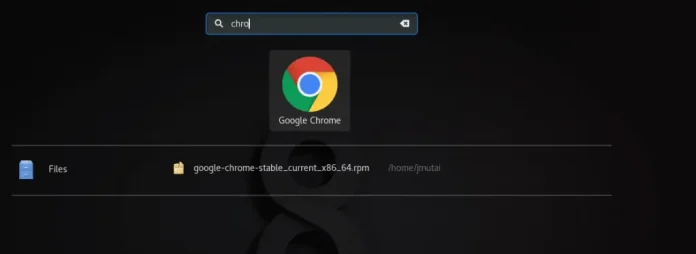The isAfter() method of ChronoLocalDateTime interface in Java is used to check if the date, passed as the parameter, is after this ChronoLocalDateTime instance or not. It returns a boolean value showing the same.
Syntax:
default boolean isAfter(ChronoLocalDateTime otherDate)
Parameter: This method accepts a parameter otherDate which specifies the other date-time to be compared to this ChronoLocalDateTime. It should not be null.
Returns: The function returns boolean value showing if this date-time is after the specified date-time.
Below programs illustrate the ChronoLocalDateTime.isAfter() method:
Program 1:
// Program to illustrate the isAfter() method import java.util.*;import java.time.*;import java.time.chrono.*; public class GfG { public static void main(String[] args) { // Parses the date ChronoLocalDateTime dt1 = LocalDateTime.parse("2018-11-03T12:45:30"); // Prints the date System.out.println(dt1); // Parses the date ChronoLocalDateTime dt2 = LocalDateTime.parse("2016-12-04T12:45:30"); // Prints the date System.out.println(dt2); // Compares both dates System.out.println(dt1.isAfter(dt2)); }} |
2018-11-03T12:45:30 2016-12-04T12:45:30 true
Program 2:
// Program to illustrate the isAfter() method import java.util.*;import java.time.*;import java.time.chrono.*; public class GfG { public static void main(String[] args) { // Parses the date ChronoLocalDateTime dt1 = LocalDateTime.parse("2018-11-03T12:45:30"); // Prints the date System.out.println(dt1); // Parses the date ChronoLocalDateTime dt2 = LocalDateTime.parse("2019-12-04T12:45:30"); // Prints the date System.out.println(dt2); // Compares both dates System.out.println(dt1.isAfter(dt2)); }} |
2018-11-03T12:45:30 2019-12-04T12:45:30 false




